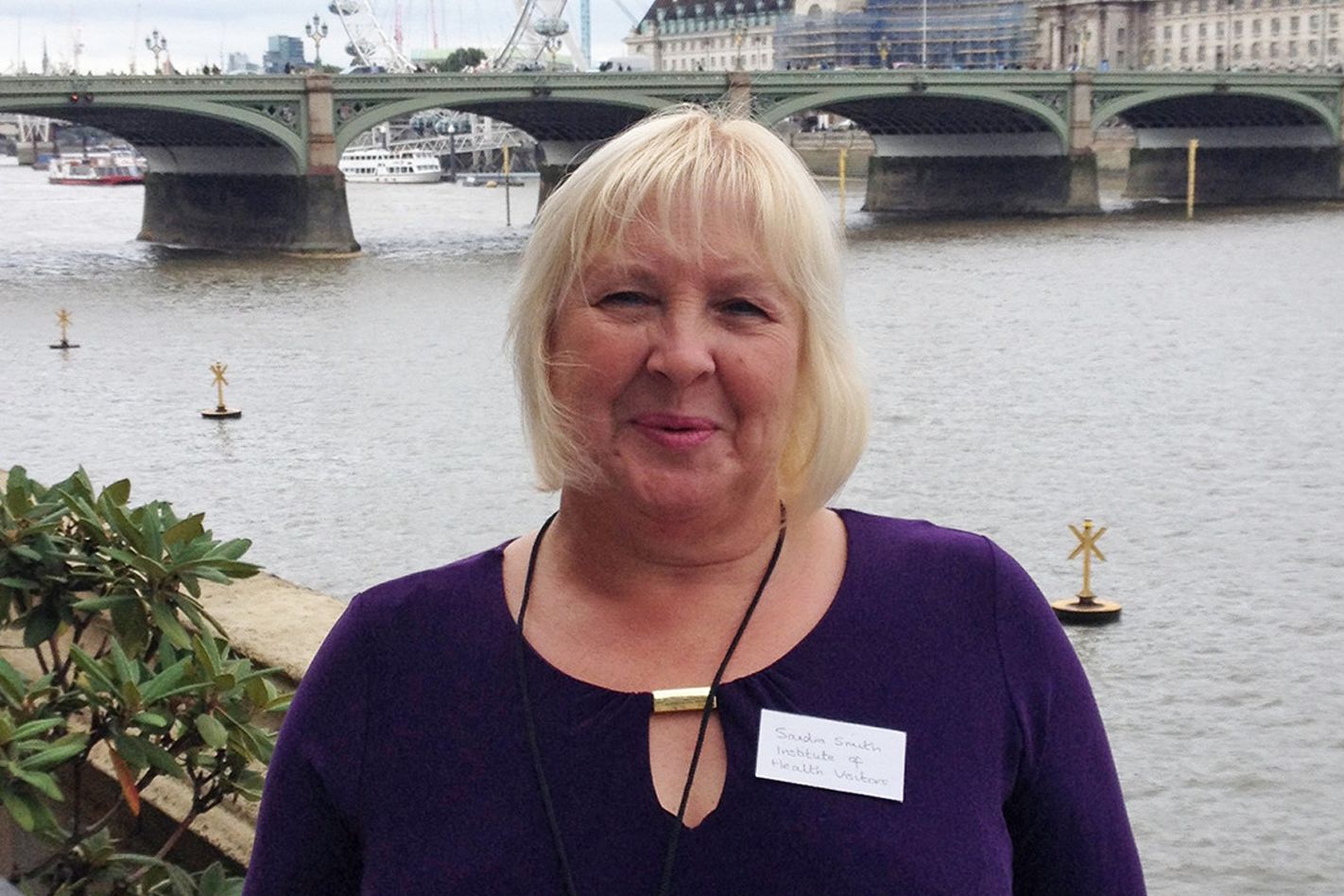9th October 2015
Here is the first in a series of Voices blogs from some of our Associate members who were able to join online with the 6th International Conference on Community Health Nursing Research (ICCHNR) which took place in Seoul in South Korea between 19-21 August.
The iHV was delighted to be able to support 5 health visitors to join the online streaming of the conference proceedings. We then asked them to write up a synopsis of one of the presentations that interested them to share with all our followers.
The conference highlighted developments in nursing practice, research and policy which impact on the work of different nurses working in the community environment.
Synopsis of Nursing and Community Health Initiatives in Philippines -`Touching Lives the after the Storm project ` – by Sandra Smith FiHV
Thursday 20 August – Special Session 1
Background
Bethany Hospital was founded in Tacloban City in the Philippines by Presbyterian Missionaries in 1918 and currently serves a population of 221,174. It is the second poorest region nationwide with maternal and infant mortality rates of: 84 per 100,000 live births maternal mortality; and 45 per 1000 live births for infant mortality. These are related to the low proportion of health-based deliveries and poor practice and knowledge of essential newborn care.
There is a community health worker ratio of 1:20,000.
On November 8 2013, Typhoon Yolanda struck the province – one of the strongest storms ever recorded with wind speeds reaching 300 kilometres per hour, it triggered a storm surge which reached over 4 metres and engulfed this region resulting in severe loss of life and enormous damage.
32% of the population have not recovered financially and 80,000 people need follow up care for physical and mental health conditions.
After the typhoon, Tacloban was described as the hopeless city, and Bethany hospital sustained great damage – most of the medical practitioners left the city and only 2 doctors and the nurses remained.
The need to promote health and prevent illness became obvious as the community tried to rebuild itself – thus the Touching Lives after the Storm Project came about.
The vision of the project was to envision a healthy and resilient community emerging from disaster.
The goals of the project were:
A) Conduct medical and dental missions (community outreach)
- To meet the medical needs of the community
- To conduct health education
- To provide spiritual prayer and counselling
They set up anywhere, with just a sheet to protect from the sun. The local elders would tell people that nurses and a doctor would be coming and there was always a queue waiting for them. The Church is very important within the community, and spiritual prayer and counselling is considered part of the nursing process.
From 2013 to date they have seen 5,600 patients – main conditions presented are upper respiratory tract infections (URTI), joint and muscle pain, and high blood pressure.
B) To establish a community care centre – for follow up
The aim of this is to provide an accessible place where the patient can come for follow up after the medical mission. They offer BP, blood sugars and cholesterol, wound dressings, health education around diet, referrals for medical management and they also provide prayer and counselling.
From 2013 to date they have seen more than 1300 patients.
C) To practise parish nursing which is described as raising awareness of the relationship between health and spiritual wellbeing. If a patient can`t walk to the community centre they will be visited at home by the nurses.
Built within this project is holistic health care of the Body – medical care; Mind – health education; and Spirit – prayer and counselling.
Data collected will be used to come up with a model for other organisations to adopt.
This project has allowed the community to feel the heartbeat of true nursing care.
Sandra Smith


